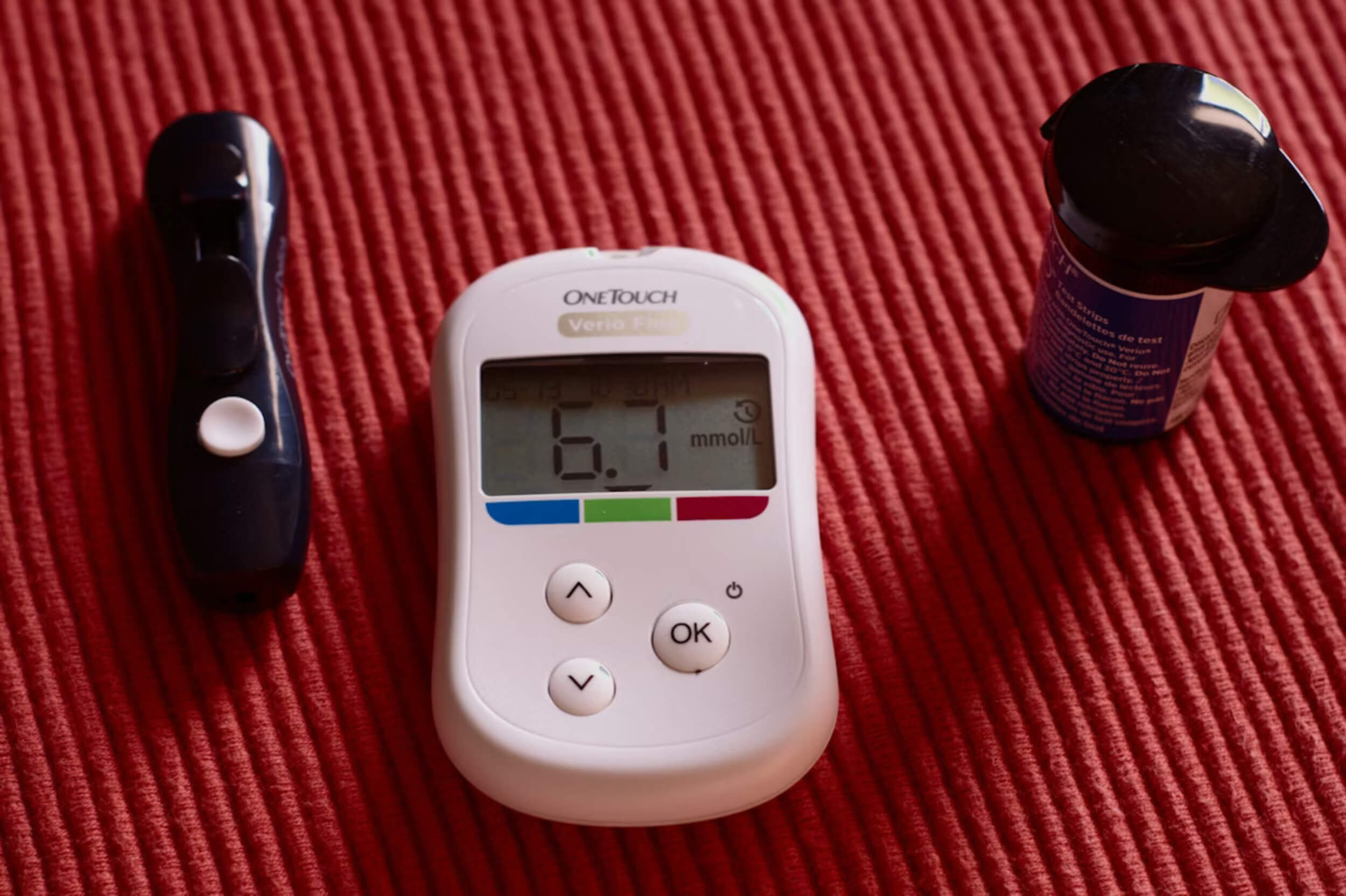Before anything else, take a breath. Preparing should make life lighter, not heavier. This guide sticks to small, practical moves that guard your mental health, save minutes, protect your wallet, and keep relationships steady. Each section tackles a different area with simple actions—no repeats, no filler. You’ll find steps you can do in real life. If you’re wondering how to prepare for motherhood, start here and keep it gentle today.
What “Prepare Without Overwhelm” Really Means
Preparation that works cuts down choices later so you have more room for rest and bonding. Helpful prep looks like light planning and simple systems: a meal plan, a bedtime routine, one spot for baby gear. Perfection traps look like doing everything, buying everything, and chasing flawless. “Good enough” choices are safe, smart, and easier to keep. Flexible plans let you adjust without stress when life changes, because it will, and that’s normal. Think calm over control at each step.
Why Early Planning Eases Stress (Not Perfection, Just Less Friction)
When the baby comes, your brain will already be juggling a thousand thoughts. That’s why early planning is less about control and more about cutting down stress. Decision fatigue is real—every small choice drains energy. Simple prep helps.
- Pick one brand of diapers and wipes. No need to compare daily.
- Create a basic bedtime routine. Same steps each night give comfort to you and baby.
- Batch decisions. Rotate meals or laundry days instead of guessing every time.
Early planning builds “default paths” you can change later. Instead of asking “What now?” when tired, you’ll already have a plan in place. It’s one of the smartest ways for how to prepare for motherhood with less pressure.
Build Your Support System (Your Village, Your Way)
No parent is meant to do this alone. Having a support network ready makes daily life smoother and helps you feel less isolated. Map it out before the baby arrives.
- Partner: Agree on roles like laundry, meal prep, or late-night bottle duty.
- Family and friends: Assign specific tasks—grandma handles school pick-up, a friend drops off meals.
- Neighbors or community groups: They can run small errands or help with pets.
- Paid help (if possible): A postpartum doula, cleaner, or meal delivery service.
Write a “help menu” text listing what support you’d welcome—rides, dog walks, or a grocery run. Save it, so when someone says, “Let me know what you need,” you can share it in one tap. Planning your village is another key part of how to prepare for motherhood without overwhelm.
Home Setup That Saves Energy (Simple > Perfect)
A baby brings more gear than you think, so creating small stations around the home makes life easier. This is about function, not a picture-perfect house.
- Feeding station: Bottles, burp cloths, and snacks for you.
- Diaper station: Wipes, cream, and a spare outfit. Keep one by the crib and another in the living area.
- Bath setup: Towel, wash items, and pajamas ready in one basket.
- Parent care corner: Water, lip balm, phone charger, and pain relief nearby.
Label bins so anyone helping knows where things go. Keep a donation box handy for items you don’t use. Set a 10-minute tidy timer each day, then stop. A little order goes a long way when thinking about how to prepare for motherhood.
Health Foundations Before and After Birth
Caring for your health is just as important as caring for the baby. Preparing now avoids stress later.
- Appointments: Keep up with OB/midwife visits, dental checks, and mental health support if needed.
- Movement: Gentle stretching or pelvic floor exercises approved by your provider.
- Safe medications: Ask your doctor for a clear list you can trust.
- Emergency info card: Blood type, allergies, key contacts, and hospital details on one page.
- Red flag reminders: Write down warning signs (heavy bleeding, high fever, persistent sadness) and who to call.
Strong health foundations make how to prepare for motherhood less about worry and more about peace of mind.
Money, Leave, and Paperwork
Sorting money and documents before birth saves a lot of stress when your hands are full later.
- Leave and benefits: Confirm dates, pay, and any entitlements.
- Budget: Estimate monthly baby costs—diapers, formula, or extras.
- Autopilot finances: Set bills on auto-pay, keep a small buffer fund, and track only key categories.
- Important papers: IDs, insurance, pediatrician forms, and birth certificate steps in one folder.
Handling this ahead of time keeps you focused on bonding, not paperwork. It’s a simple but powerful way for how to prepare for motherhood.
Birth and Postpartum Plans That Flex
Plans bring comfort, but flexibility brings peace. Keep them short and simple.
- Birth preferences: Pain relief options, who you want in the room, cord clamping or first bath choices.
- Postpartum plan: Feeding intentions, sleep shifts, visitor rules, and meals.
- Household needs: Chores, pet care, or laundry divided.
- Contacts: A list of who to text for what—meals, babysitting, or errands.
Plans work best when they’re guides, not rigid rules. Building flexibility into your planning is an overlooked part of how to prepare for motherhood calmly.
Partner & Family Communication
Strong communication keeps small issues from turning into big stress.
- Divide roles: Nights, meals, laundry, and household tasks.
- Decision rules: Choose a default, a tie-breaker, or agree to “sleep on it.”
- Weekly check-in: Spend 15 minutes reviewing what worked, what felt heavy, and what to adjust.
Clear talks protect both your energy and your relationship. That’s another important step in how to prepare for motherhood together.
Boundaries That Protect Your Energy
Your peace matters. Set limits before things get too busy.
- Visitor rules: Pick windows that work for you.
- Quiet time: Turn off the doorbell or silence notifications.
- Communication channels: Use one group chat or photo album instead of constant messages.
- Advice filter: Decide how you’ll respond kindly but firmly.
Boundaries aren’t selfish—they’re survival. Building them now is part of how to prepare for motherhood without losing yourself.
When to Seek Professional Help
Knowing when to call for help is a sign of strength. Watch for:
- Ongoing sadness, anxiety, or panic.
- Intrusive or scary thoughts.
- No appetite or no sleep even when exhausted.
- Physical pain that isn’t improving.
Contact your OB/midwife first, your pediatrician for baby feeding issues, a mental health provider for mood concerns, or emergency services if safety is at risk. Being ready with this list is another smart step in how to prepare for motherhood.
Ten Simple Prep Moves That Lower Overwhelm (Doable This Week)
Small wins matter most. Try a couple now, add more later, and you’ll feel the difference.
1) Make a One-Tap “Help Menu” Text
Write one message with tasks you’d welcome—rides, soup drop-off, stroller walk. Add your address and times. Save it so you can send without thinking.
2) Create a 24-Hour Feeding + Sleep Snapshot
Use one sheet to track times, amounts, and diapers. It saves brain power and helps doctors see patterns fast.
3) Set Up Two Diaper Stations
Keep one by the crib, one in the living room. Stock wipes, diapers, cream, and a spare outfit.
4) Prep a Parent Essentials Caddy
Fill a tray with water, snacks, charger, pain relief, and notes. Keep it by your main chair.
5) Write Two Short Visitor Scripts
Have ready-made texts: “Quick visit 2–3 p.m., text first” or “We’re resting this week—drop-offs only.”
6) Choose One Default Meal per Day
Keep simple meals on hand: oats, wraps, rotisserie chicken. No energy wasted on decisions.
7) Batch the Admin
Do insurance claims, pharmacy refills, and thank-you notes in one 30-minute block weekly.
8) Agree on a Night Shift Pattern
Pick split nights, alternating nights, or one on-call. Prevents arguments when you’re tired.
9) Make a Five-Item House Reset
Evening reset: dishes, bottles, diaper bag, laundry, trash. Ten minutes, then done.
10) Draft a “Red-Flags & Numbers” Card
Write urgent symptoms and key numbers. Tape inside a cabinet for quick access.
Gear: Buy Less, Choose Smart
Not everything needs to be bought now.
- Must-haves: Safe sleep space, diapers/wipes, basic clothes, car seat.
- Nice-to-haves: Carrier, pump and parts, stroller.
- Wait-to-see: Extras like swings or toys.
Borrow or buy secondhand when safe. Keep receipts for returns.
Social Media, Advice, and Comparison
Scrolling can help, but too much adds stress.
- Limit time on “perfect” feeds.
- Mute accounts that raise anxiety.
- Stick to one or two trusted sources.
- Save extra ideas in a note to review later.
Gentle Self-Talk and Micro-Rest
Simple habits can keep you steady.
- Mantra: “I’m doing enough for today.”
- Reset: Box breathing, leaning on a wall, or closing your eyes with hand on chest.
- Routine: Pair it with feeding or diaper changes so it becomes automatic.
Pulling It Together: Your First-Week Template
A rough daily rhythm helps more than strict schedules. Start with a simple morning reset, then aim for one nap when the baby naps. Try to step outside for a bit of fresh air, even if it’s just on the porch. Keep your to-do list to one small task and make space for one small joy, like a favorite snack or a short call with a friend. Decide if you’ll allow a visitor window or none at all, and follow the night shift plan you agreed on. These light rhythms are one final way of how to prepare for motherhood with less overwhelm.















